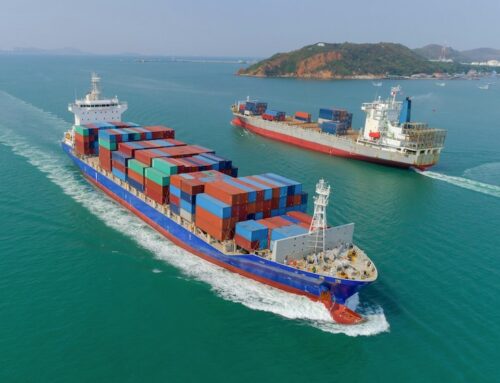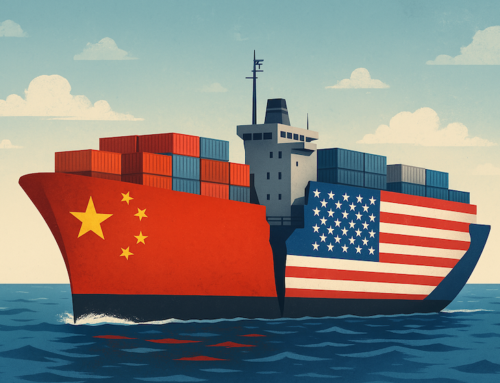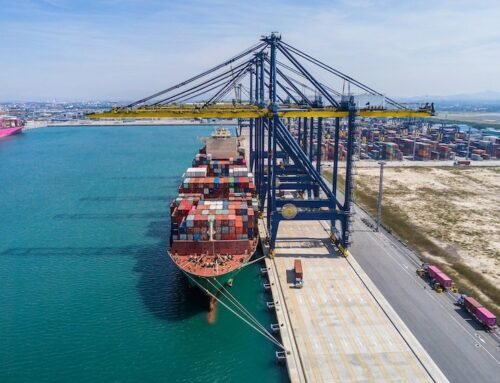2020 has been a very challenging year for global trade with the combined blow of reduced factory output in China and then the fall in demand of shipments from the UK, Europe and US as social restrictions were mandated. We review how the pandemic has impacted the air freight industry and what the outlook is for the remainder of the year.
The coronavirus pandemic led to a year-on-year contraction in air freight volumes in the first half of the year. According to industry analysis the air freight sector bore the brunt of the global trade decline, with the global market shrinking by 15.3% in the first half the year. While there are signs of recovery in the second half of the year, the expectation is that the full year will show an overall decrease of 13.9%*.
How has the air freight market changed?
At the peak of the pandemic in the first half of the year, rates for air imports into the UK, Europe and the US reached an all-time high. This was due to strong global demand for medical supplies and medical equipment such as PPE and face masks. The suspension of most passenger flights adversely affected the level of space available resulting in air freight rates rocketing.
At the beginning of the second half of the year air freight rates and demand from China for air imports into Europe began to plateau. The highly elevated rates of the first half of the year began to descend to more normal levels as demand for PPE and facemasks abated. While the market began to flatten, the cost of providing capacity was still significantly higher than normal. Operating passenger aircraft without passengers to carry freight increased the financial burden for airlines.
What’s the current situation?
With lower levels of passenger traffic still inflicting the industry, global air cargo capacity in September was, on average, 25%* less than in the same month of last year. Demand is however beginning to flow back into the air freight market as the industry approaches the ‘peak’ period in the run up to Christmas. Constrained capacity in the market at a time of rising demand out of Asia is leading to increases in rates once again.
The air freight market has started to rebound quite strongly over the last couple of weeks as many product launches have started to ship in time for the Christmas retail season, including the next-generation iWatch and iPad. (The iPhone launch being delayed 30 days means there is likely to be even greater pressure on capacity from mid October.)
If this demand persists, we may well see a resurgence in passenger planes being deployed mainly, or solely, for moving freight.
What’s the outlook for the rest of 2020?
These remain uncertain times, but there is more optimism in the market for October and November volumes. The air freight market is expected to see spikes of demand in Q4 resulting from online sales in the run up to Christmas driving demand during the final quarter. How the remainder of the year plays out largely depends on how much capacity carriers are able to reintroduce into the market, but the record breaking rate increases experienced during ‘PPE season’ are unlikely.
While there are some positive signs in the market, such as the upcoming peak season, there remain significant risks and uncertainty. Such as the potential for a second wave of the virus and subsequent further lockdowns in western consumer markets. Capacity issues are also likely to continue with passenger flights, which carry around half of all global air freight volumes, looking unlikely to return to pre-pandemic levels for years to come.
Also on the more distant horizon is what is being mooted as ‘the biggest logistics project ever’ – the worldwide supply of a COVID-19 vaccine. The global distribution of the vaccine, when ready, will represent a massive air freight undertaking and one that would create serious disruption in the sector. What would happen to air freight rates and capacity in that scenario cannot yet be imagined. But it is likely that all commercial demand would be surpassed by the need for moving vaccines by governments across the world.
*Source:https://theloadstar.com/global-trade-declines-but-freight-forwarders-experience-mixed-fortunes/








